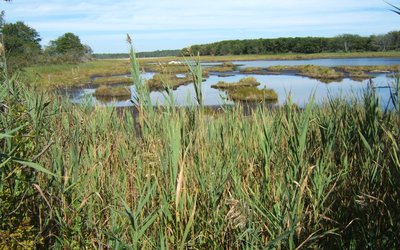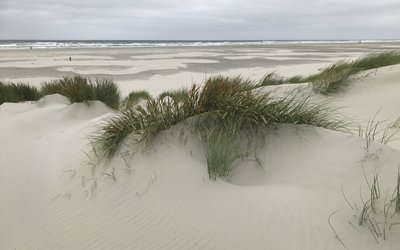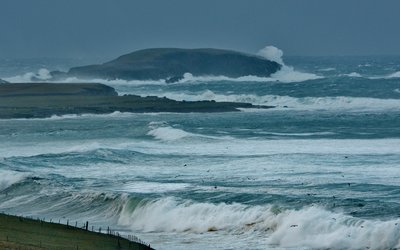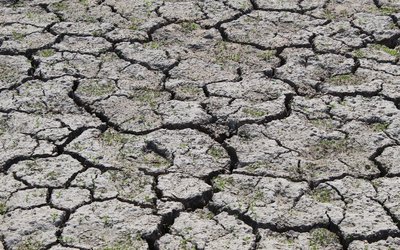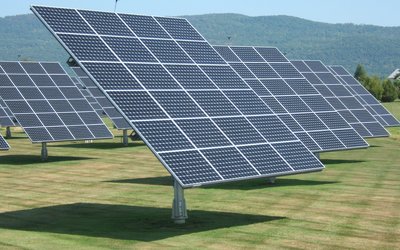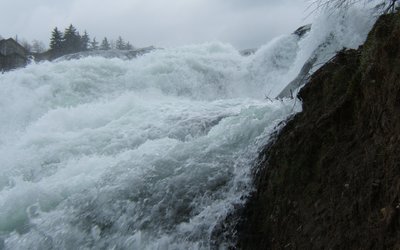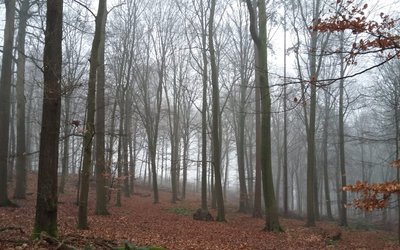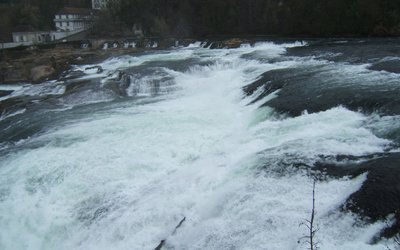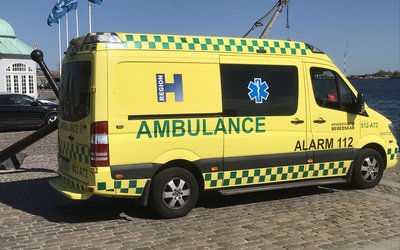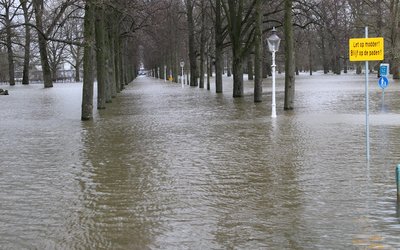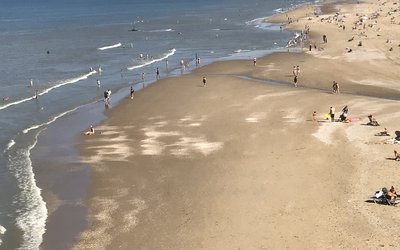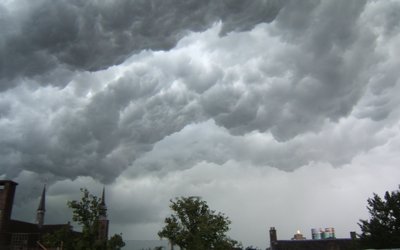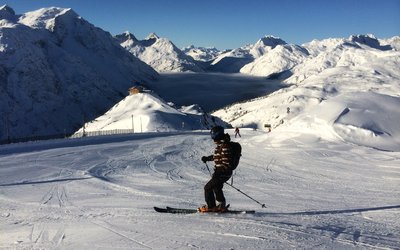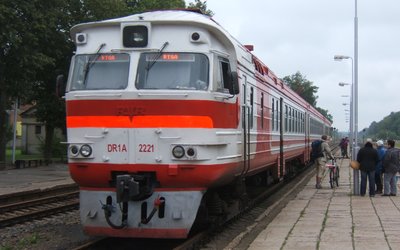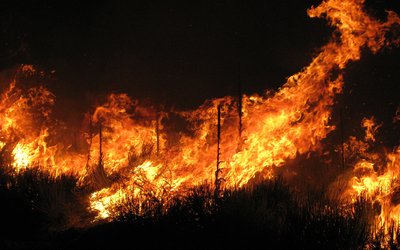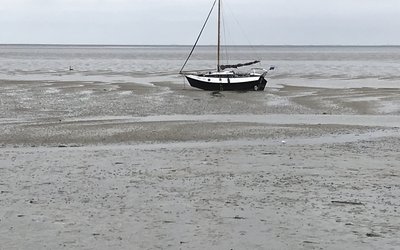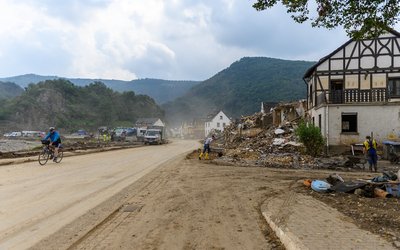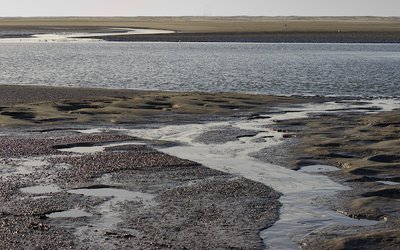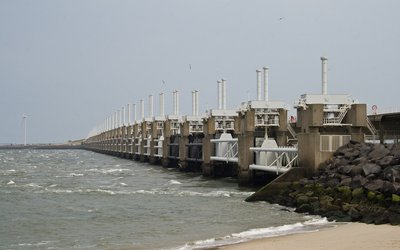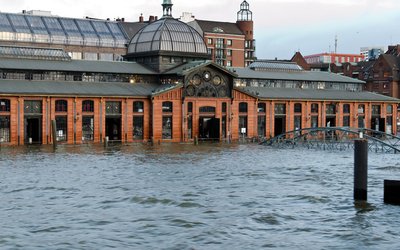Netherlands
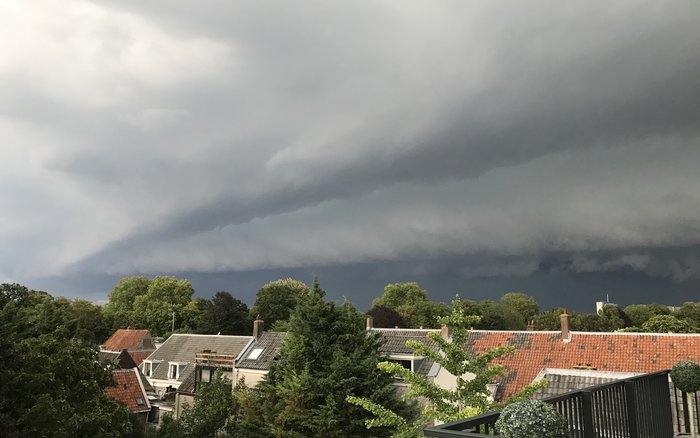
Climate change
Across Europe, cold extremes are warming more rapidly than hot extremes. Where hot extremes have increased by 0.33 °C per decade from 1950 to 2018, the trend for cold extremes is 0.49 °C per decade. A 50% difference!
Climate articles about Netherlands
Related videos about Netherlands
Additional information about Netherlands
Additional information
Weblogs in English
Weblogs in English and Dutch
- Building with Nature - using natural processes in civil engineering: www.ecoshape.nl
- Spatial Adaptation Knowledge Portal
- Climate Adaptation Services in the Netherlands
Weblogs in Dutch
- Klimaatklaar.nl: an overview of measures citizens can take to climate proof their own house and neighbourhood
- Maps showing risks (including flood risks) in the Netherlands: www.risicokaart.nl
- Map of The Netherlands showing the current wild fire risk (www.natuurbrandrisico.nl)
- App that shows you how high the water may rise during a flood at a certain location in The Netherlands (www.overstroomik.nl)
- Summary on the contribution of different sectors and countries to climate change (www.energieportaal.nl)
- Interactive map of water-related historical-cultural heritage in The Netherlands


